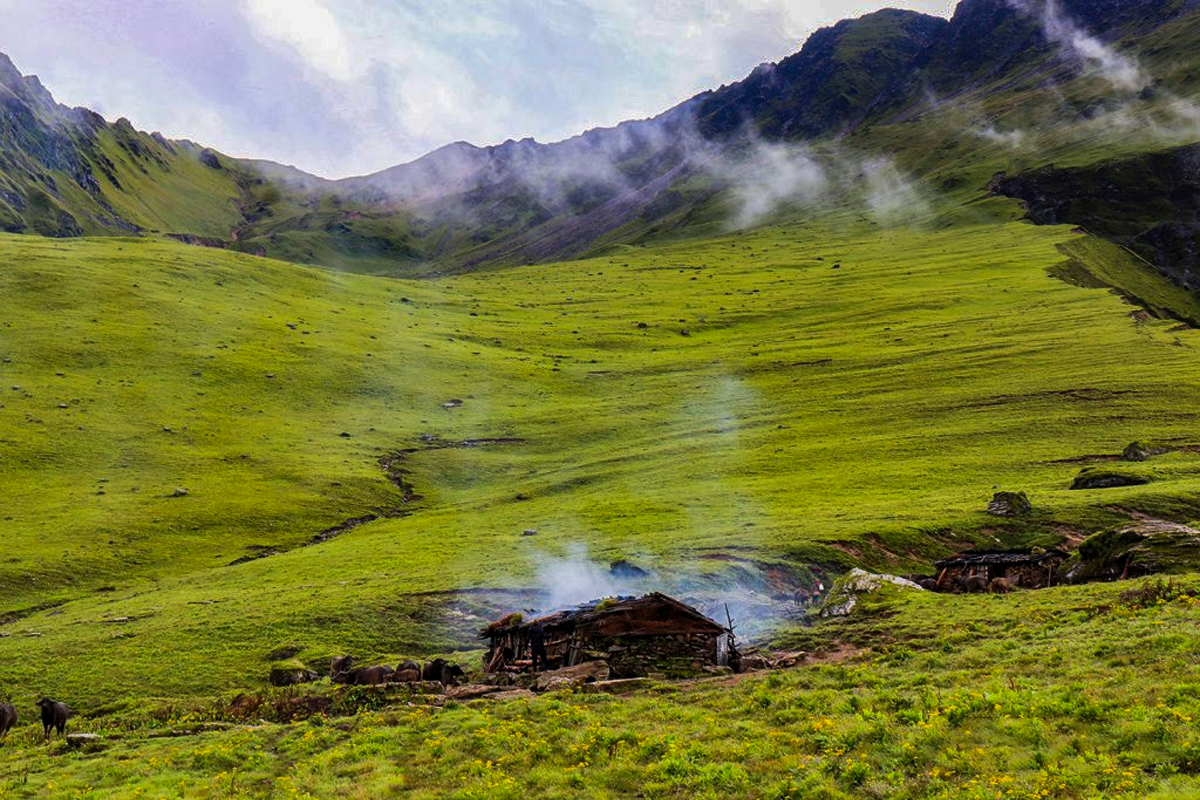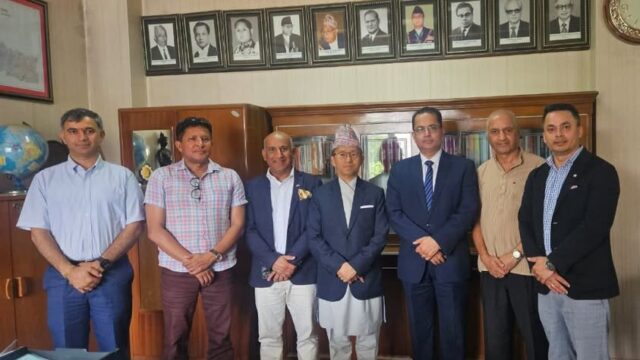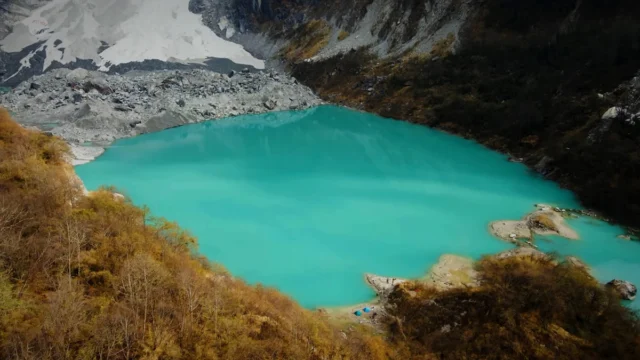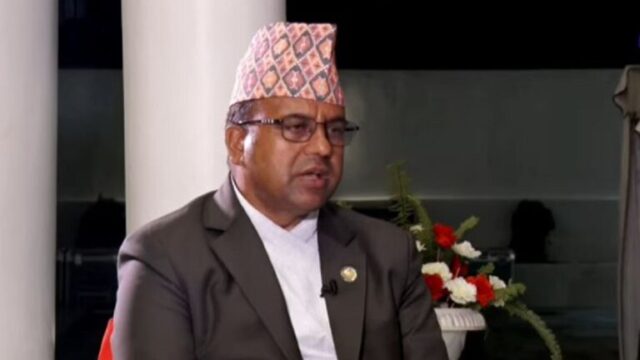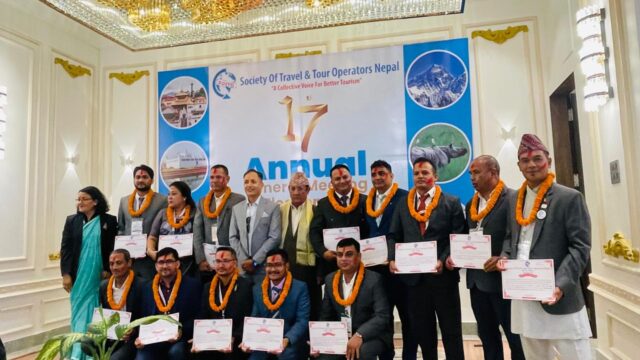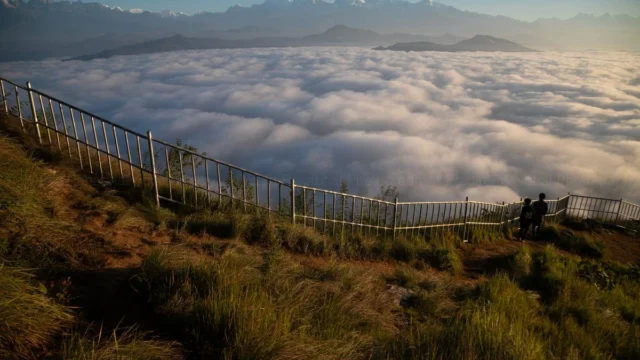The Dhorpatan Hunting Reserve, spanning the districts of Rukum East, Baglung, and Myagdi, has initiated a project to identify and document the rare Bukiphool flowers found in the area. The reserve’s office has begun collecting photographs and local names of these flowers as part of this effort.
According to Pashupati Adhikari, the Conservation Officer at the Reserve, they have started gathering images and local names for 13 species of flowers in the reserve. The collected flowers include varieties locally known as Othphute, Kapchucche, Dahitheki, Dudhe, Nakefuli, Putali, Pyauli, Fatyangri, Bijauli, three types of Buki, Bokshi, Madane, and Rake.
Adhikari also mentioned that other flowers, such as Kapteri, Bhuinpati, Batare, Ghopte, and Atish, are also found blooming in Bukiphool pastures, and research will be conducted to document these as well. “There has been no scientific study or research on Bukiphool to date,” Adhikari stated. “Locals refer to the high-altitude pastures as Buki, so the flowers that bloom there are called Bukiphool.”
Bukiphool blooms from July to the first week of October, flourishing only during the monsoon season and drying out by mid-October. Currently, the meadows and hillsides of Dhorpatan are adorned with these flowers, making the area picturesque.
Conservation Officer Mandip Pangeni shared that the collected photographs will be analyzed to identify their English and scientific names with the help of experts. “We have begun the task of identifying and documenting the species of flowers found here,” Pangeni said, adding that Bukiphool is a major attraction in Dhorpatan during the monsoon season.
To protect the flowers, the reserve has prohibited the collection of livestock manure from grazing areas using tractors. The manure helps the growth of plants in the marshy areas, where livestock can fertilize the soil, allowing flowers and plants to thrive. Thus, locals have been stopped from removing manure from grazing areas.
Covering 60% of Rukum East, 26% of Baglung, and 14% of Myagdi, the Dhorpatan area’s Bukiphool has cultural significance tied to festivals, religious practices, and traditions. “During Bhume Puja, young people traditionally exchange flowers, and during Saune Sankranti, Bukiphool is gathered to worship the deities of the mountains and villages,” Pangeni explained.
During the Janai Purnima festival, the Dhorpatan region, particularly in the North Ganga and Dhorbarah areas of Magarat, is blanketed with Bukiphool. “Janai Purnima often coincides with the full bloom of Bukiphool, and it’s during this time that the region hosts a fair to welcome King Bali, who is believed to manifest here,” said 83-year-old Vishnubahadur Thapa of Dhorpatan. Thapa praised the reserve’s initiative to document and identify these flowers, calling it exemplary.
